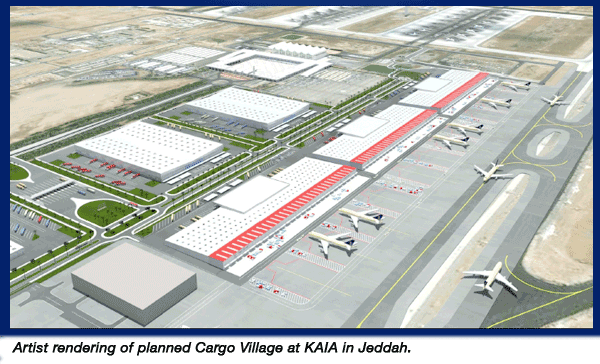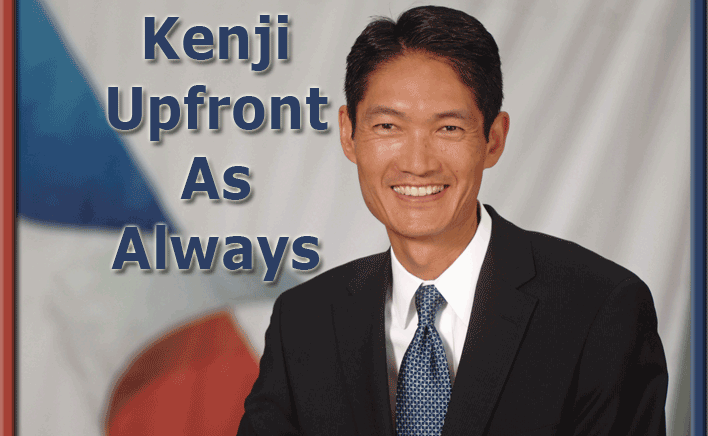
 lthough
that flurry of announcements from American and US Air that would
have moved AA Cargo President Kenji Hashimoto to a new elevated
position at the planned merged carrier is yet to be finalized,
for his part the erstwhile Kenji-san has not broken stride as
he goes about his business of building the cargo division’s
role in the greater American Airlines. lthough
that flurry of announcements from American and US Air that would
have moved AA Cargo President Kenji Hashimoto to a new elevated
position at the planned merged carrier is yet to be finalized,
for his part the erstwhile Kenji-san has not broken stride as
he goes about his business of building the cargo division’s
role in the greater American Airlines.
As always, Mr. Hashimoto makes what he does look easy, which is
also the mark of a true professional. In fact, to hear him speak,
there is no doubt Kenji is on the ride of a lifetime.
“It has been both a satisfying
and gratifying few months for us, as September marked the fifth
straight month that we’ve seen a year-over-year increase
in traffic.
“Also, in the third quarter,
we reported revenue of $163 million, up nearly 5 percent versus
the same period last year.
“It’s a challenging
market right now, and we’re pleased with those results.”

“Earlier this year, we rolled
out the new aacargo.com, which was designed with customer input,
and it has been received with a lot of positive customer feedback.
“In September, we signed the
IATA Multilateral e-AWB Agreement, moving us one step closer to
a paperless operation.
“And, we can’t forget
our network growth.
“In the spring, we rolled
out new service between Chicago O’Hare and Dusseldorf along
with Dallas/Fort Worth and Seoul, and then this month we’ll
begin service between Dallas/Fort Worth and Bogota along with
Miami and Milan, as well as Los Angeles to Sao Paulo in December.
“We also just announced that
we will begin offering cargo service between Dallas/Fort Worth
and Hong Kong and Dallas/Fort Worth and Shanghai, both in June
2014.”
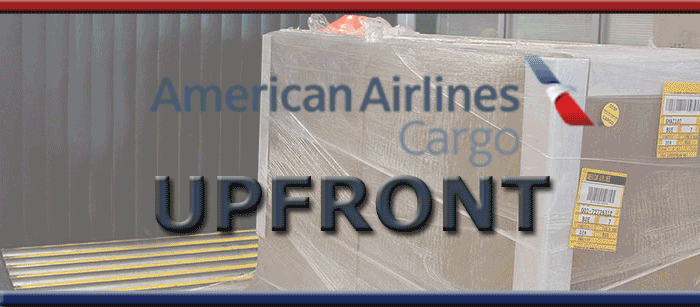 |

“Based on our third quarter
results and with IATA’s most recent figures showing some
slow but steady improvement for the industry, we’re cautiously
optimistic for next year.
“Right now, we’re in
the planning process for next year and identifying ways we can
differentiate ourselves from the competition and continue to position
American Airlines Cargo as the partner our customers prefer.
“For example, with the increase
in transportation of biologicals and pharmaceuticals in recent
years, we’ve been investing in our infrastructure, specifically
for our ExpediteTC program.
“Earlier this year, we expanded
our controlled room temperature (CRT) facilities in New York-JFK
and will begin construction on a new CRT in London Heathrow.
“We’ve also been listening
to our customers, and based on their feedback and the overall
market, we’ve been expanding our cargo service in key domestic
and international cities including San Diego, Atlanta, New York-LaGuardia,
Indianapolis, Orlando, Hartford, and Liberia, Costa Rica. Later
this year, we’ll expand cargo service in New Orleans and
Minneapolis/St. Paul.”

“Right now, performance has
been directionally specific. Atlantic westbound traffic has been
decent, while eastbound traffic has been challenging.
“In Latin America, southbound
traffic is doing well, while northbound traffic is tough.
“Overall though, our business
has grown as a result of additional flying to Asia, Latin America,
and Europe, better international mail traffic, and an emphasis
on our premium product.
“After May, we expanded our
presence in several key markets like Frankfurt, and we added our
new 777-300ER into Los Angeles and London-Heathrow, New York-JFK
and London, and Dallas/Fort Worth and Sao Paulo.
“As far as commodities, right
now we’re getting into the start of berry season, with shipments
coming from Chile to the US, and we’re also in the height
of lobster season, with the seafood traveling from Miami to Shanghai
via Los Angeles.”

“Our rates remain competitive,
and similar to other industries, our rates are a reflection of
regional demand and the state of the global economy.
“It’s hard to say to
what that will look like in the future, but I can say we will
continue to deliver our customers the quality product and superior
customer service they know and expect from us.”

“Interestingly enough, mail
was the very first customer for what is today American Airlines
Cargo, and mail continues to be an important part of our portfolio.
“Today, we transport mail
for USPS, several international postal operators, and military
and state department sites worldwide.
“The composition of the postal
business has been changing from being primarily correspondence
to now consisting largely of business-to-consumer merchandise.
“We’ve invested in supporting
this transition by updating processes as well as through industry
leadership and are actively involved with piece-level mail scanning
and tracking, which provides data to various postal operators
and their customers and gives near real-time intelligence and
visibility to postal items as they move through our system.
“Currently, Mark Gilbert on
my team serves as chairman of the IATA Air Mail Panel and actively
participates in industry groups that are focused on improving
postal services.”

“Freight forwarders are our
customers, and our customers are our priority.
“We see ourselves as partners
to forwarders, and we are focused on finding ways to provide them
with creative solutions to meet their shipping needs.
“Whether it’s personal
visits, phone calls, or meeting at industry trade events, we stay
in frequent contact with our customers to make sure we’re
well attuned to their needs and work with them to be successful
together.”

“I think collaboration is
key. It’s crucial that we have continued communication and
collaboration among all entities in this industry.
“The coordination efforts
between associates are a great start, and continuing those talks
will only help in implementing initiatives that make sense for
everyone.”

 “I’m
happy to still be working in cargo, and I see this as an opportunity
to continue pushing forward on all of the great customer-focused
initiatives we have underway. “I’m
happy to still be working in cargo, and I see this as an opportunity
to continue pushing forward on all of the great customer-focused
initiatives we have underway.
“And, more so, I enjoy working
alongside a talented team that I’m genuinely going to miss.
“Currently, Jim Butler and
I meet and catch up whenever possible, and as I’ve mentioned
before, I’m still fascinated by the fact that we have such
similar career paths.
“This has been a good opportunity
for both of us to transition a bit longer to make the handover
even more seamless than we originally envisioned.
“But, for now, American and
US Airways continue to operate as independent companies and competitors,
and all of the leadership announcements for the new merger remain
on hold until such time as the merger receives final clearance
and is legally consummated.”
Geoffrey
|
|




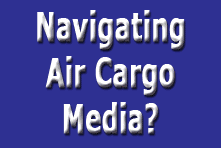
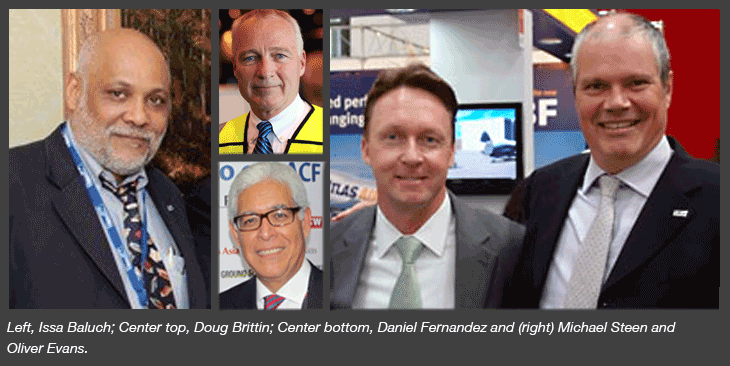
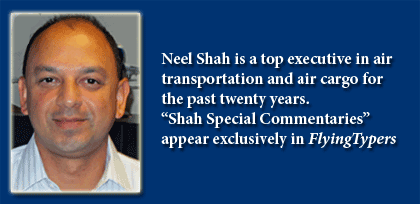 At the end of the day, TIACA has established
a very ambitious agenda to insure that the industry has viability for
years to come.
At the end of the day, TIACA has established
a very ambitious agenda to insure that the industry has viability for
years to come.

